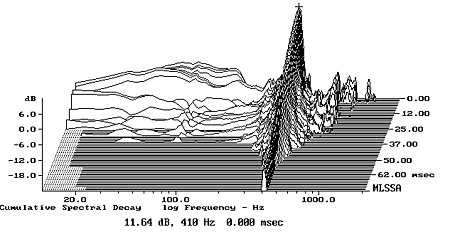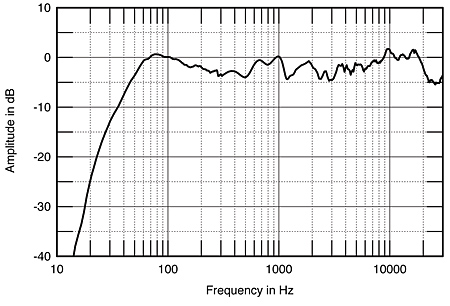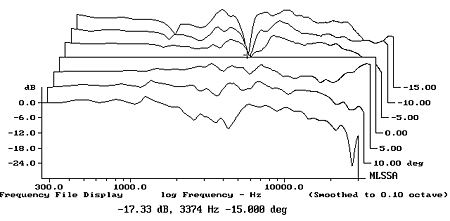| Columns Retired Columns & Blogs |
I auditioned Dali Ikon 6 mk2 at colleague's home. They were spacious, airy, detailed and bass rich. But highs were bright and overall sound synthetic. You described Ikon 6s as natural. Can it be difference in generations, mk1 vs. mk2 or is it equipment? Equipment was Onkyo's A-9755 and DX-7555, QED Performance Audio 2 and Chord Crimson Plus (we tried both), Naim NAC A5 and Dali Ikon 6 mk2. Can cable replacement fix synthetic and bright sound? I am asking this, because I have same amplifier and speaker cables and I want to replace my old Audes's from stone age to something new and better, mostly better.













































